How to Take Good Notes in College
Taking notes is crucial to learning in higher ed, but many students don’t get taught how to do it effectively. So let’s look at how to take good notes in college to help you get more from the information around you.
 6 min read
6 min read
 Published: 15 Aug 2019
Published: 15 Aug 2019
 Luke Garbutt
Luke Garbutt
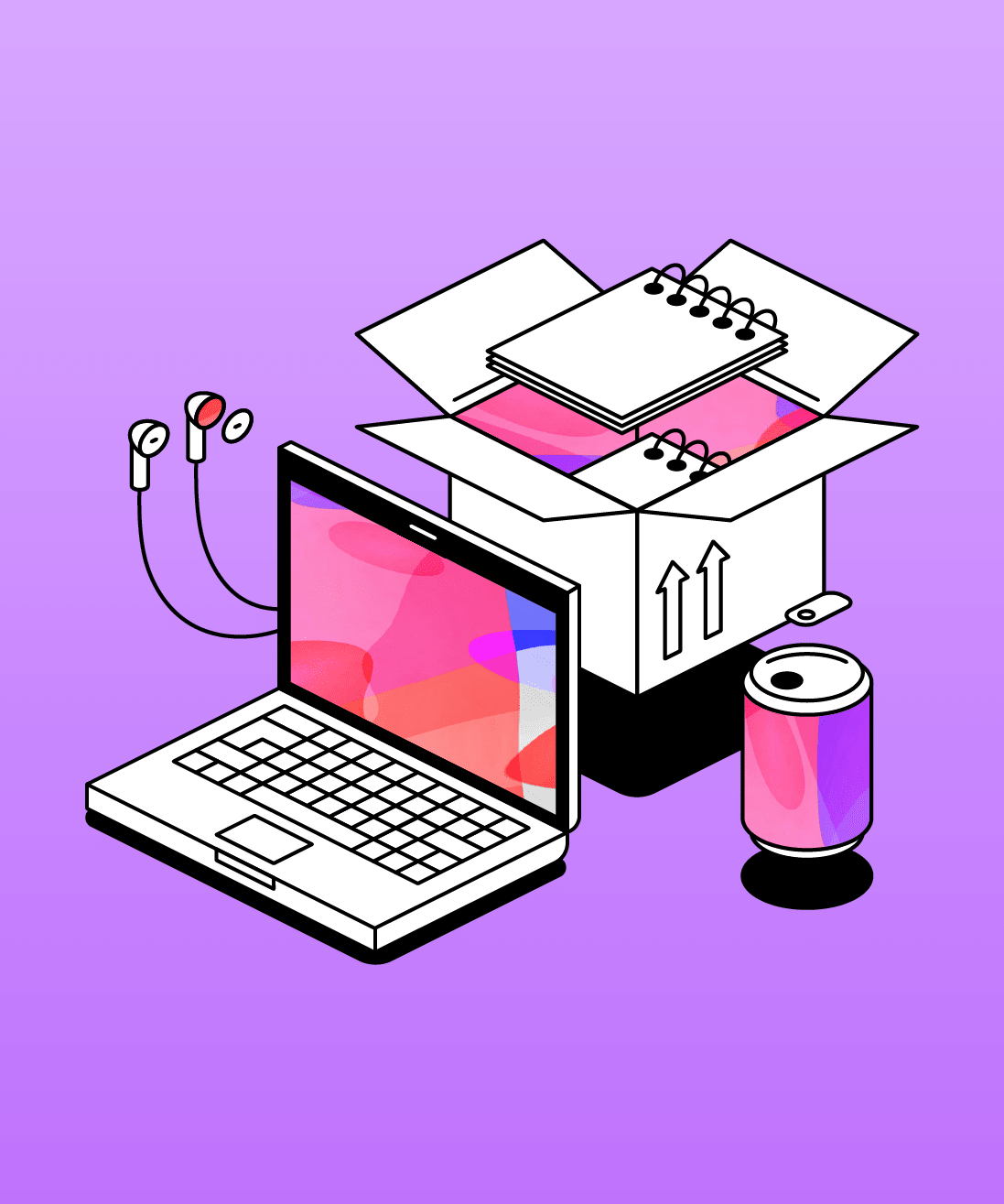
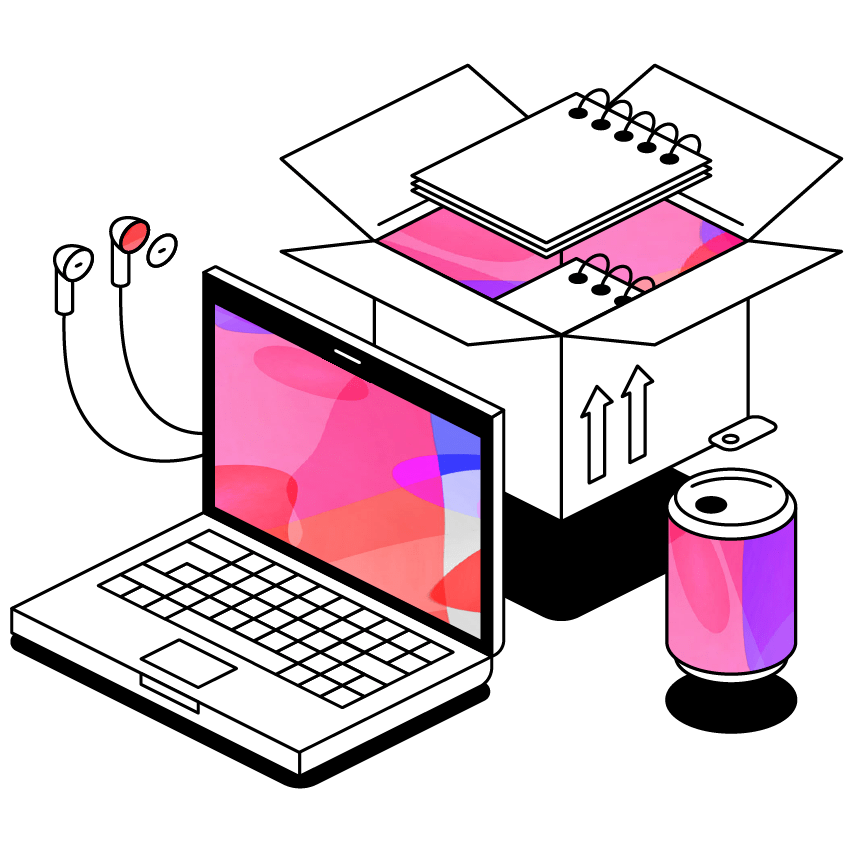
Taking notes is crucial to learning in higher ed, but many students don’t get taught how to do it effectively. So let’s look at how to take good notes in college to help you get more from the information around you.
In this post, learn:
- The note taking process
- Good note taking at college
- How this relates to how we learn
- Cognition and note-taking
- Restructuring your note taking
- Getting the most from each stage of the process
- The Glean alternative
- How audio notes could revolutionize how you learn
- How this has worked in practice
New Chapter – New Skills
College is a daunting experience for many students. Not least because one of the most important skills needed for success – good note taking – might be a completely new requirement.
It’s rare for the high school classroom to require independent note-taking, where learning is scaffolded and increasingly blended with technology. So when confronted with the need to take notes from the spoken word in real time, it’s natural for students to struggle.
That’s why we want to explain what good note taking is all about.
Understanding the Process
As we’ve suggested before, taking good notes is about more than preserving something for later. It’s a unique process that encodes important information as well as simply storing it.
From what we’ve learned developing note-taking software, good notes start with an understanding of how this process works.
We’ll go through this in detail. But first, a general rule…
What the Research Says
Generally speaking, the more you do with your notes the better chance you have of remembering the material. This is what several studies into good note taking practice tell us. Summarizing notes, extracting key points and reformatting them, making additional notes – these are all tried and proven strategies for good note taking at college.
So making sure that you pick a note taking method that accounts for this is essential. And of equal importance in choosing a new method is a knowledge of how learning works.
Learning to Learn Better: Why note-taking in college is important
Knowledge is a network. Each time we’re exposed to a new piece of information, we relate it to all the connected items in our memory that we’ve previously learned. No fact lives in isolation. This is important to emphasize, because it affects how notes relate to learning.
Whether taking notes on spoken information or a written source, we look to make connections, putting new material into a context we understand.
It requires focus, but that’s something we have limited amounts of. It’s simply not possible to focus on something beyond a certain point. We need to share the load.
Cognition and Note Taking
The cognitive effort associated with note-taking is well-evidenced. As we’ve alluded to previously, balancing the demands of note-taking can get in the way of concentration. In a paper on cognitive effort during note taking published in the Applied Cognitive Psychology journal, the authors make the point that:
‘Note takers must coordinate the attention and storage demands of both comprehension and written production. They are thus constrained by the limited resources of the central executive and storage components of working memory.’ - Cognitive Effort during Note Taking’ by Anne Piolat et al in Applied Cognitive Psychology, vol.19: 291-312 (2005), p.297
Cognitive Psychologist Dr. Sue Wilkinson has written about working memory and note taking for our blog, where she explores these issues in detail. But the ‘limited resources’ of our attention and processing powers is one of the main reasons taking notes can be difficult, especially for students with disabilities.
So how do we manage this?
Managing Note Taking
We’ve identified three distinct stages to note-taking, which themselves contain different actions.
We’ve laid this out below. The point behind this is that, by breaking down each stage, we can begin to design a new form of note taking that gets the most out of each. One that helps you organize your notes better, as well as spend your concentration more efficiently.
Perhaps most importantly, this process helps you do more with your notes. By recognising the stages you need to go through, you naturally treat your notes as things to be worked on and with. No longer will the original thoughts you recorded be the finished product.
The Three Stages of Note Taking
- Capture
The initial taking of notes, including the original selection of material to write or record.
With spoken information, this stage happens ‘in the moment’. This can create issues due to typing and writing speeds vs. the fluency of the speaker.
- Study
The act of reviewing and consolidating these notes, adding to them if necessary.
Summarizing existing notes, reformatting information recorded and noting thoughts and impressions of material are all good ways to go through the study stage.
- Application
Using your notes for a purpose (like preparing for an exam).
This is when you start committing information to memory. Your notes are now tools for absorbing information you’ve learned.
What do we do with this info?
So, once we look at note-taking as a series of steps, how can we make notes that fit?
The key to this is in the capture stage.
The Capture Stage
What are we really doing when we’re capturing information in a lecture? Are we trying to copy down everything said? Or are we writing down an overview or summary of each section? And what’s the purpose behind recording something in any given moment?
The answer to this question from most note-takers in college might be ‘both’. And this is backed by studies that suggest that a majority of students opt for a ‘linear’ approach to taking notes.
Linear note-taking refers to a style that resembles prose or other standard textual forms. By using this rigid format, students are tying themselves to notes that can neither transcribe nor summarize in an effective way.
Maybe a better way to take notes in a college lecture would be to first accept that capturing the spoken word exactly as it’s spoken isn’t possible – at least not in writing.
Problems with the Capture Stage
Students normally record just one third of important lecture points. When key points are not recorded, there’s only around a 5% chance that students will remember them in tests. - ‘Revising lecture notes: how revision, pauses and partners affect note taking and achievement’ by Kiewra et al in Instructional Science, (2016) pp. 45-67
-
Students normally record just one third of important lecture points
-
When key points are not recorded, there’s only around a 5% chance that students will remember them in tests
‘Revising lecture notes: how revision, pauses and partners affect note taking and achievement’ by Kiewra et al in Instructional Science, (2016) pp. 45-67
So what’s the alternative?
Let’s think again about the note taking process as a whole. If we want to take effective notes that get the most from each stage, a new system that makes capturing useful information easier will help.
Solving this problem is one of Glean's reasons for existing. Our new product, Glean, allows students to record spoken information and annotate, review and engage with it in a way that suits their learning style.
Here's how it works
… for Capture
Glean records every moment from class in a way that encourages interaction. Spoken phrases are visualized as bubbles, which users can highlight and annotate in the moment. For example, if the professor mentions a task to be completed, the section of audio could be highlighted with the ‘task’ emoji to come back to later.
These ‘audio notes’ take the pressure of capturing information away from the user, leaving them the ability to note only what’s important.
… for Study
Reviewing notes with Glean is easy. A key feature of the software, which helps get around the shortcomings of traditional recordings, is how quickly users can find relevant sections to come back to.
If sections are labelled as ‘important’, users can save time by focusing on these parts. Or if they want to simply look over their text notes, they can do so in reader view.
The ability to import lecture slides also aids users in structuring their finished notes. If imported before the lecture begins, it’s so simple to keep the recorded audio in the right place.
… for Application
Using the key features of the software, putting the information into practice should be a lot easier than working with traditional notes. With a tidy set of audio, brief annotations and lecture slides, your Glean workspace has everything you’ll need in one place.
In class and remote
Glean is also designed to work with remote learning. Students can record directly from their video lectures, bypassing their computer speakers and creating a cleaner, clearer recording.
Covering Every Stage of the Process
This is how we’ve created a new structure that delivers the most from each stage of the process. And it’s helping students feel more confident with note-taking and learning in general.
We understand that it’s easy to fall into bad habits with studying. Often, we just do what comes naturally to us. Study skills instruction is under taught in high school and higher education. As a result, many students are unaware of how to take good notes in college.
But this is why we believe technology can have a positive impact. Through its design, Glean nudges users into better practice. By using the software, students no longer feel the burden of attempting to write or type an accurate record of the speaker’s words. Instead, they can focus on what matters – absorbing the information.
Written by Luke Garbutt

Try Glean for FREE
To learn more, and to register for a free trial of our revolutionary new software, click the link below!
More from Better Learning
View All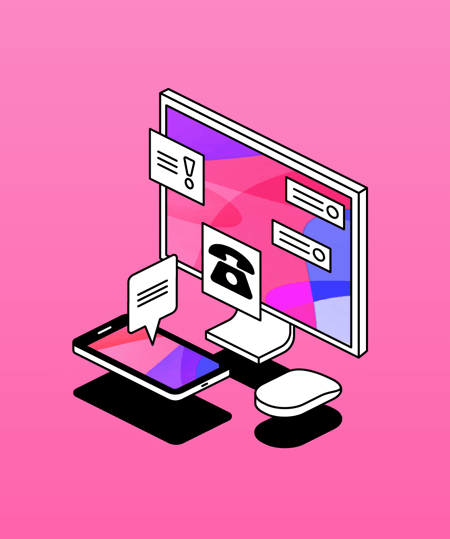
 4 min read
4 min read
Studying with ADHD: strategies for success
Staying focused while studying is a challenge for everyone, but it’s especially hard for those with attention-deficit/hyperactivity disorder (ADHD).
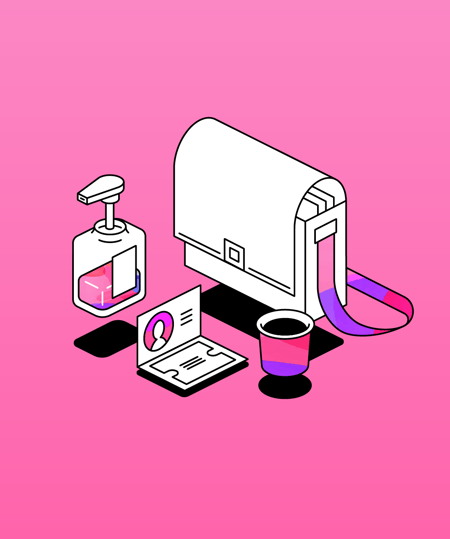
 4 min read
4 min read
10 ways to reduce anxiety after the winter break
Are you feeling anxious about going back to school or college after the winter break? Start doing these top ten tips straight away!
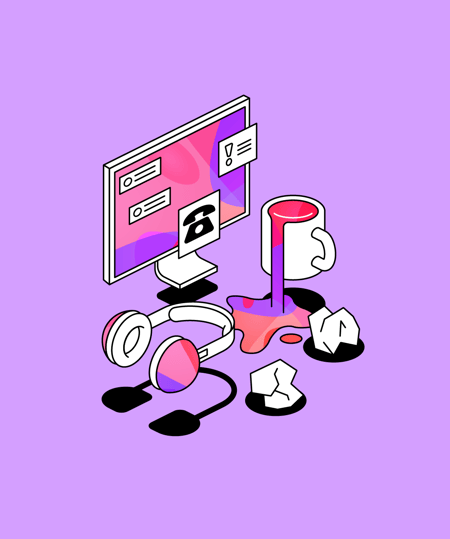
 4 min read
4 min read
How to stop feeling overwhelmed as a student
Students can feel overwhelmed during their studies, including causes such as homework, exams, and essays. Here are our top tips to alleviate this feeling.





